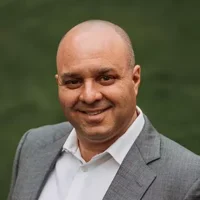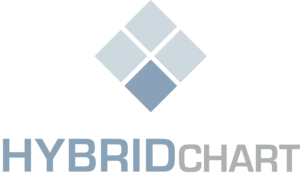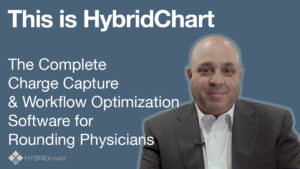This is the time for change. Wanted or not, medicine has evolved and adapted. Doctors are finally looking at their daily lives and are seeking out ways to make it easier. Desire for improvement seems to be driven by one part battle fatigue, one part enlightenment.
We healthcare providers are now asking “Why? Why do we need to do it this way?” With enlightenment comes the thirst for data. Analytics about performance and quality of care can help drive more efficiency, and potentially improve positioning with payers and hospital systems.
Healthcare Rebooted
The supply chain of medicine is starting to take a new shape, and the players see the potential of interconnectivity. From the hospital to the providers to the billers to the payers, ease of flow of information is a crucial ingredient to the success of the system as a whole. Up until now these components have been disjointed.
This has led to an age-old piecemeal process with paper, fax machines, and other 20th Century technology. We have created so much unnecessary work just to patch this together. Hospitals spend time collecting patient demographic and coverage information, but it is not readily available to the doctors who provide services and need to do their billing.
Providers have to hand charges to billers (often on index cards), who then need to procure the exact same demographic data, only to pass it along to the payers – I have a headache just typing this. Seems like a huge waste of time, passing around the hot potato of the same information.
Do We Really Have to Rebuild?
The short answer is yes. For some reason medical professionals get stuck in their ways and cling to bad workflows because they are familiar. There does not seem to be much reserve for disruption, and the willingness as a group to conform to a new standard is hard to achieve.
Other industries seem to be more capable of embracing new technology, new processes, and adapting to the changing world around them. This time the landscape has been turned upside down. Medical practices have had to rethink a lot of logistics that were previously taken for granted.
Of course, no one likes to sign up for the pain of learning new systems or consolidating individual preferences into an agreed upon norm. Yet the downstream benefits from rebuilding internal processes will pay off exponentially.
Data Is King
Competition in the medical space is not necessarily amongst clinicians in the same geographic market. A practice is almost always competing with payers, and they are often in competition with hospital systems where they provide services as independent practitioners.
With more sophistication among these players, medical providers, who often do not have extensive background in business administration, are once again at a disadvantage. Analytics pertaining to workflow efficiency are just as important as patient outcomes data, and as a private practice, you need them badly.
Running lean processes and having the visibility to adapt and pivot, are the competitive advantages that successful practices need to stay successful, and what struggling practices will need to right their ship.
The Time Is Now
So how do practices get meaningful and useable data? What must change is the attitude towards change. Individual styles need to take a backseat to uniformity, elevating the benefits of a standardized workflow. The goal is clear communication between providers, office staff and billers. The is best achieved by implementing rounding and charge capture software.
Bringing the clinical team together to delegate resources will produce measurable efficiency. The right software will provide refreshing transparency of the process itself, highlighting areas in need of improvement. Digitizing charge capture reduces errors and avoids missed charges, and also frees up precious provider time to spend on patient care.
Critical Change from Within
The path to success seems clear and attainable. There is momentum and willingness to compromise. Remember these next words: there is never a good time. Even if all of the stakeholders agree to pivot and disrupt, and even if the ideal software has been vetted and selected, moving forward will take courage. It will feel like a leap of faith at times, but what needs to change is the courage to execute. Go for it.
Smarter Rounding and Workflow Software for Doctors
At HybridChart, we provide technology that connects your healthcare team, increases efficiencies, AND improves your bottom line. HybridChart’s cloud-based software adapts to your practice’s unique workflow and will improve your profitability and patient outcomes by utilizing our 5 features: census management, charge capture, secure messaging, discharge management, and data analytics.
NEVER miss another charge and get PAID for the work you do!
If you are interested in taking your medical practice to the next level and want to employ the best hospital charge capture practice available in the industry, come visit our website at www.hybridchart.com, or call us at 1-877-684-0608 for a demo today!
Know a practice that may benefit from HybridChart? Click here.







